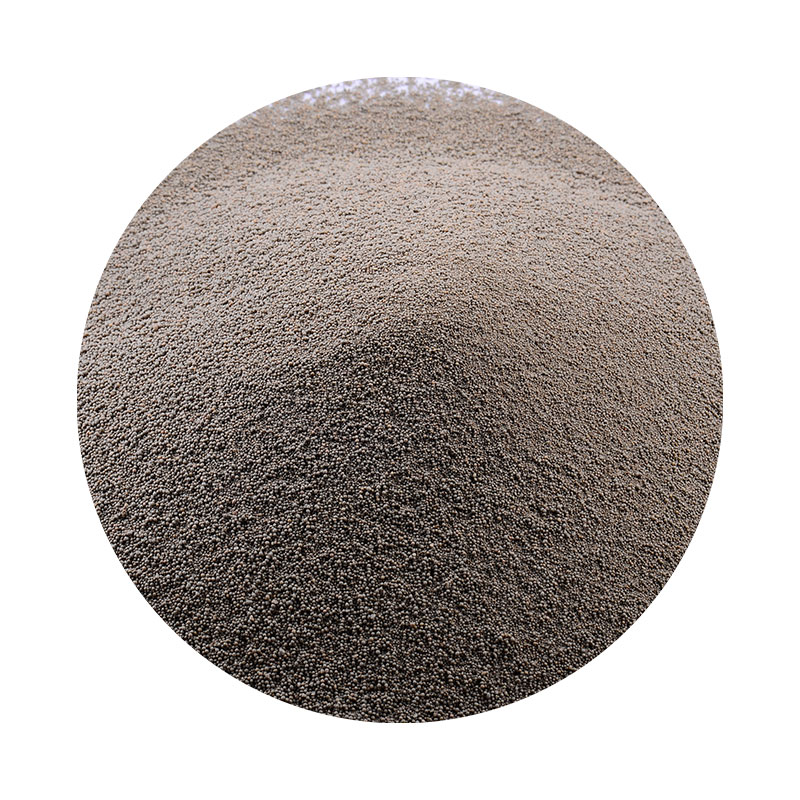Sand Casting Applications A Comprehensive Overview
Sand casting, one of the oldest and most versatile manufacturing processes, has been integral to various industries for centuries. It involves creating a mold from sand and then pouring molten metal into this mold to create a desired shape. This technique is valued for its flexibility, low cost, and the ability to produce complex geometries. As technology evolves, so do the applications of sand casting, making it relevant across numerous sectors.
Automotive Industry
One of the most significant applications of sand casting is in the automotive industry. Car manufacturers utilize this method to produce engine blocks, transmission cases, and various other components essential to vehicle functionality. The ability to create intricate designs, such as cooling passages and intricate surfaces, enables manufacturers to optimize performance and efficiency. Furthermore, sand casting allows for lower production costs, making it an economically viable option for producing parts in large quantities.
Aerospace Sector
The aerospace industry relies on sand casting to manufacture lightweight and high-strength components that can withstand extreme conditions. Components like turbine housings, brackets, and structural parts are often produced using sand casting. The aerospace sector benefits from the ability to create complex shapes and achieve close tolerances while using lightweight alloys, which is crucial for improving fuel efficiency and performance. Additionally, the ability to produce large parts without the need for extensive tooling contributes to reduced lead times and costs.
Marine Applications
In the marine industry, sand casting is employed to create various components, including boat fittings, engine parts, and hull components. The durability and corrosion resistance of metal parts produced through sand casting are critical in marine environments, where components are exposed to harsh conditions. Using sand casting techniques allows for the production of high-quality products that meet the rigorous demands of the marine industry.
sand casting applications

Construction and Heavy Equipment
The construction and heavy equipment industry also benefits from sand casting applications. Components like crane hooks, gears, and various structural parts for heavy machinery are commonly manufactured using this method. Sand casting allows for the mass production of large and complex shapes, which are essential for machinery and infrastructure development. The strength and durability of sand-cast components are particularly important in the construction sector where reliability is paramount.
Artistic and Design Applications
Beyond industrial applications, sand casting has found a unique niche in art and design. Artists and designers use sand casting techniques to create sculptures and decorative pieces. This method allows for creative freedom, enabling intricate designs to come to life with ease. The versatility of sand casting materials, including bronze and aluminum, provides artists with a range of choices to achieve the desired aesthetic and structural properties in their works.
Advantages of Sand Casting
Sand casting offers numerous advantages that contribute to its widespread use across various sectors. The process is relatively low-cost compared to other casting methods, making it accessible for small and large manufacturers alike. The ability to work with a wide range of metals and alloys further enhances its appeal, as manufacturers can choose materials based on specific performance requirements. Additionally, sand casting accommodates large and complex parts, providing greater design flexibility and the ability to produce high-quality components with inherent strength.
Conclusion
In summary, sand casting applications span a diverse range of industries, including automotive, aerospace, marine, construction, and artistic endeavors. Its ability to produce complex and high-quality components at a relatively low cost makes it a preferred manufacturing method for many sectors. As technology advances, the continuous development of sand casting processes and materials will likely enhance its applications further, solidifying its position as a fundamental technique in modern manufacturing. Whether for practical industrial use or artistic creations, sand casting remains a vital process, merging tradition with innovation to fulfill contemporary demands.
Post time:Th9 . 28, 2024 06:58
Next:로스트 폼 주조 사례와 그 응용법 검토하기
